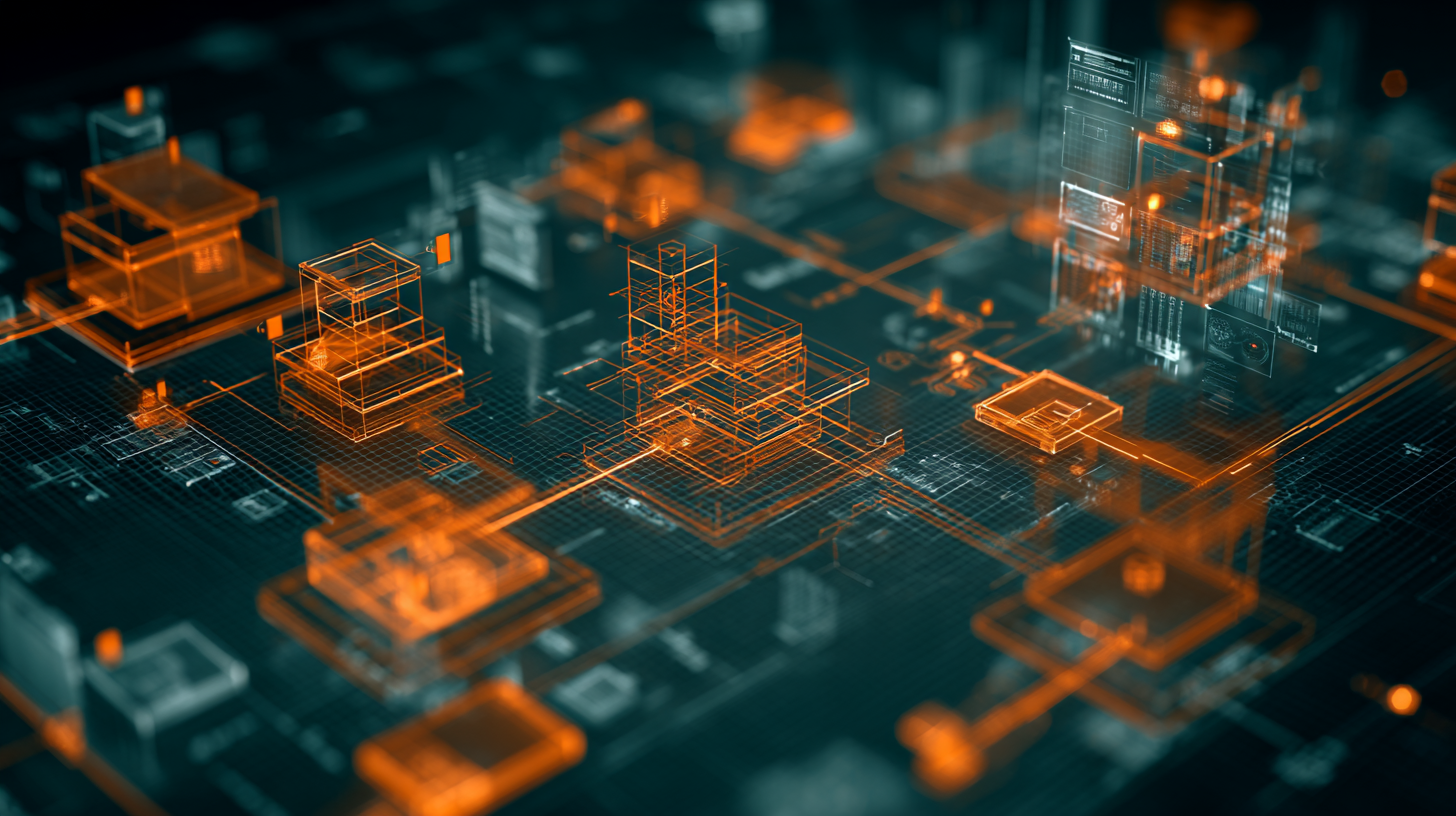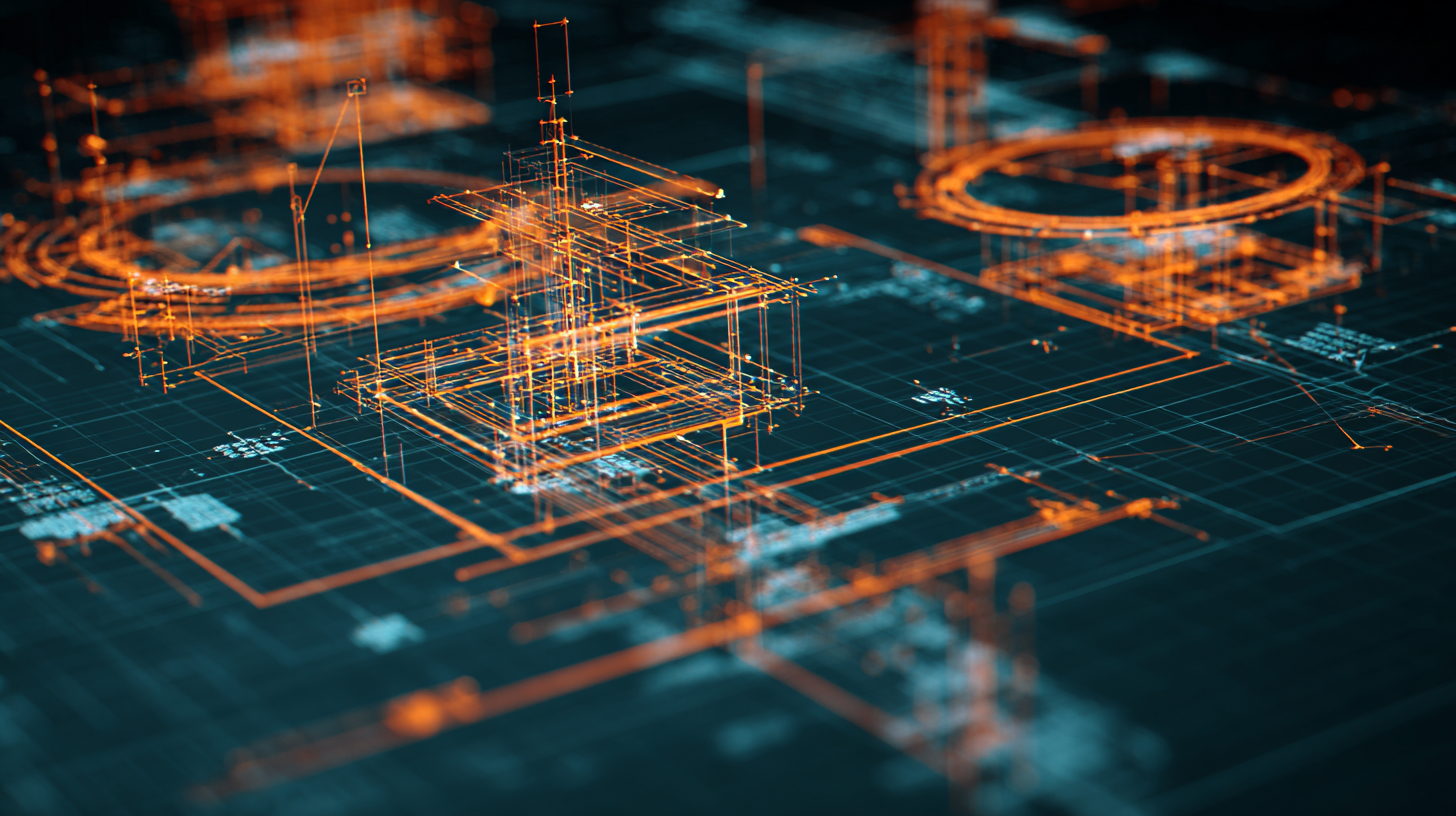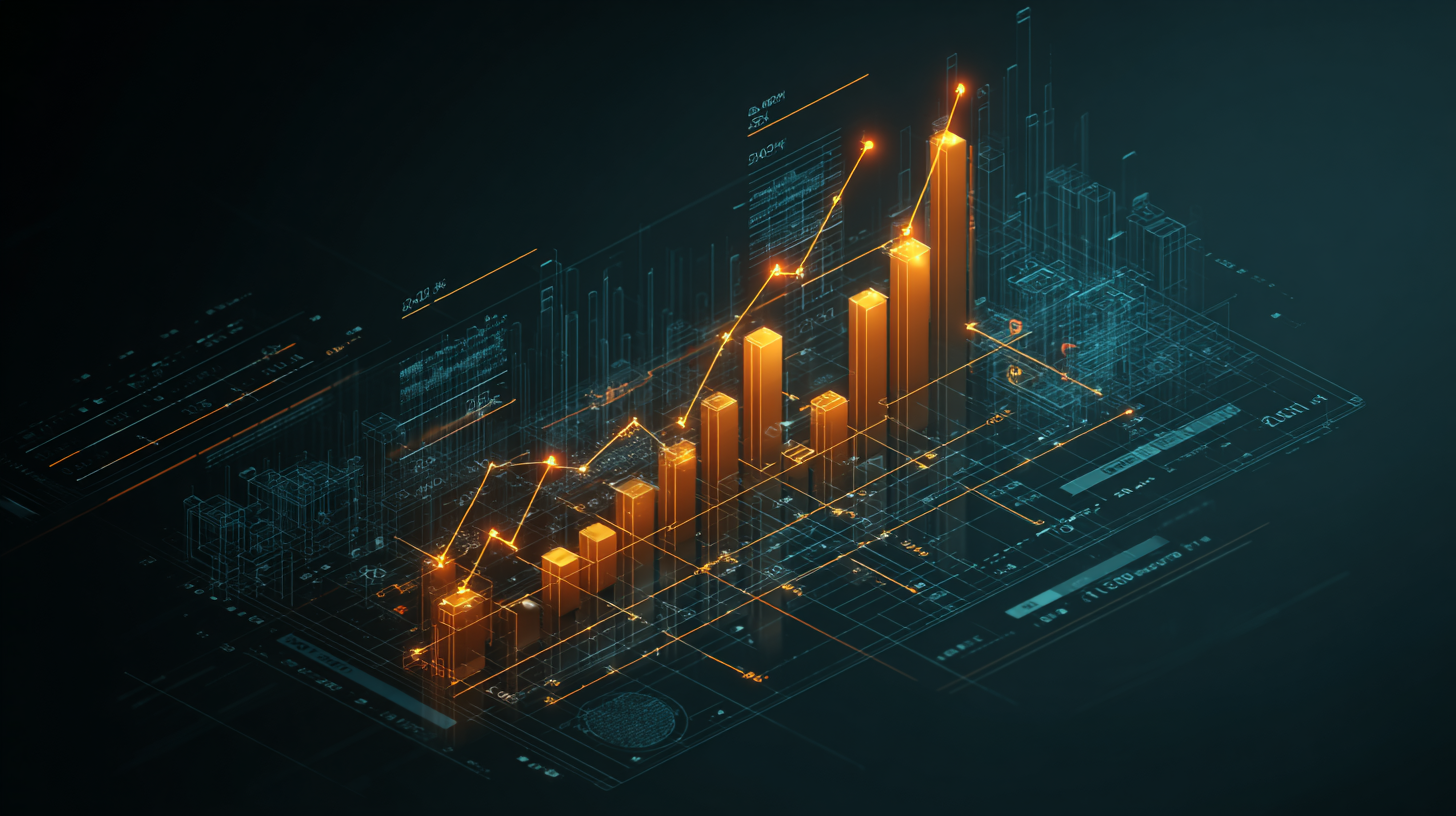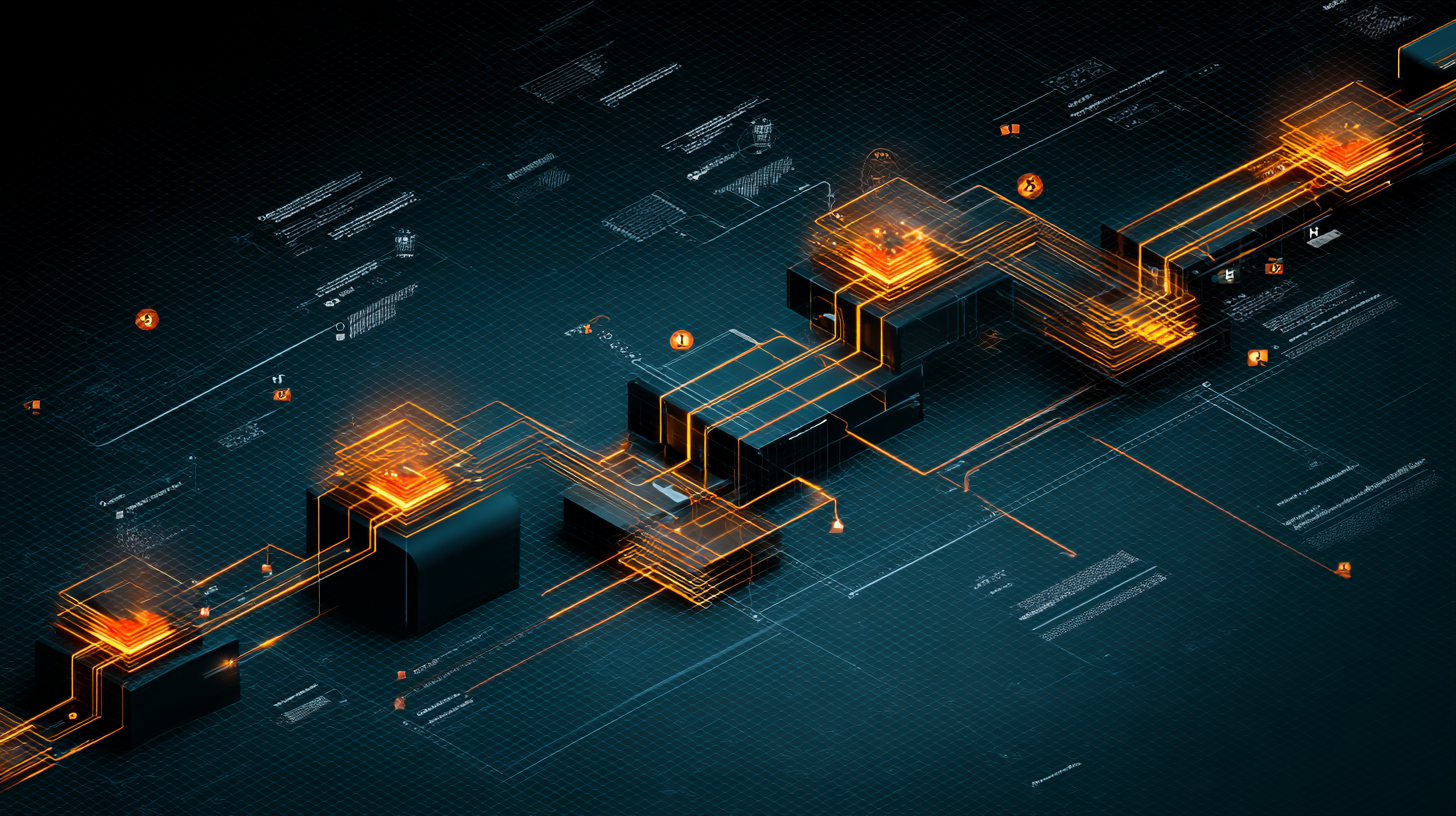Beyond Off-the-Shelf: How Agencies Build Custom AI Workflows That Actually Fit How You Work
Why adapting your workflow to AI tools is backwards - and what to do instead
The Problem Most Agencies Face
You've probably heard this story before: Agency spends $400/month on Jasper, team struggles with generic templates that don't match their voice, and six months later they're back to manual processes because "AI just doesn't work for us."
Here's what's actually happening: You're trying to fit your unique workflow into someone else's one-size-fits-all solution.
What if we flipped that around?
The Real Question: What If AI Adapted to Your Workflow?
Last week, I worked with an advertising agency spending 22 hours per week on manual documentation. Their challenge wasn't lack of AI tools - it was that every tool they tried required them to change how they worked.
Instead of teaching them to use existing tools, we built something specifically for them.
The result? Custom AI assistants that know their brand voice, integrate perfectly with their Google Workspace, and cost 67% less than commercial alternatives.
The Blueprint: Building Custom AI Workflows
Here's the step-by-step approach that's working for agencies ready to stop adapting to tools and start having tools adapt to them:
Step 1: Map Your Current Workflow (Don't Change It Yet)
Instead of asking: "How do we use ChatGPT for our briefs?"
Ask: "What does our current brief creation process actually look like?"
Document your existing workflow exactly as it is:
Where do project requirements come from? (Email, Google Sheets, client calls?)
What tools do you currently use? (Google Docs, Slack, Gmail?)
How do you maintain your brand voice? (Style guides, past examples, team knowledge?)
What takes the most time? (Research, writing, formatting, client communication?)
Key insight: Your current workflow already works - it just needs intelligent enhancement, not replacement.
Step 2: Identify Integration Points (Not Replacement Points)
Look for places where AI can enhance existing processes instead of replacing them:
Campaign Brief Creation:
Current: PM researches and writes from scratch (2 hours)
Enhanced: AI assistant trained on your past briefs generates 80% draft, PM adds strategic thinking (30 minutes)
Client Status Updates:
Current: Manual email writing for each client (30 minutes each)
Enhanced: AI pulls project data and generates updates in your voice (5 minutes each)
Meeting Follow-ups:
Current: Manual note transcription and action item creation (45 minutes)
Enhanced: AI processes meeting recording and outputs organized action items (5 minutes)
Step 3: Build Custom AI Assistants (Not Generic Prompts)
This is where most agencies go wrong - they try to make ChatGPT work for everything instead of building specialized tools.
For Google Workspace Users (Most Agencies):
Google NotebookLM - Your Free Starting Point:
Upload your brand style guide, past successful briefs, and client templates
Create agency-specific AI assistants that reference your actual materials
Generate content that sounds like your team, not generic AI
Claude Projects - Your Custom Workflow Engine:
Build AI assistants for specific tasks (brief creation, client communication, project planning)
Train each assistant on your processes and voice
Create reusable workflows that improve with use
Example Custom Assistant Setup:
Assistant Name: "Agency Brief Generator" Knowledge Base: - 10 best campaign briefs (anonymized) - Brand voice style guide - Client onboarding questionnaire template - Industry-specific terminology Instructions: "Generate campaign briefs following your agency's established template structure, maintaining consistent voice and terminology, always asking clarifying questions if client requirements are incomplete."
Step 4: Connect Everything with Smart Automation
This is where the magic happens - your AI assistants start talking to your existing tools.
Using n8n for Workflow Automation:
Automated Brief Generation:
New project added to Google Sheets
n8n triggers AI assistant with project details
Custom brief generated and saved to Google Drive
Project status updated in tracking sheet
Client notification sent via Gmail
Smart Status Updates:
Weekly trigger pulls project data from Google Sheets
AI generates status updates for each active project
Updates formatted for client communication
Ready for PM review and sending
Meeting Intelligence:
Google Meet recording processed by AI
Action items extracted and formatted
Tasks added to project tracking
Follow-up emails drafted for client communication
Step 5: Optimize for Your Team (Not Generic Best Practices)
The beautiful part about custom solutions is they evolve with your needs:
Week 1-2: Basic AI assistance with manual oversight
Week 3-4: Refined prompts based on team feedback
Week 5-6: Automated workflows connecting multiple tools
Week 7-8: Advanced features specific to your client needs
Week 9-10: Full integration with quality control systems
Real-World Results: What Agencies Are Seeing
Time Savings:
Campaign brief creation: 75% reduction (2 hours → 30 minutes)
Client status updates: 83% reduction (30 minutes → 5 minutes)
Meeting documentation: 90% reduction (45 minutes → 5 minutes)
Cost Comparison:
Generic Jasper Team Plan: $396/month
Custom AI Solution: $130/month (67% savings)
Better customization, perfect integration, proprietary advantage
Quality Improvements:
Consistent brand voice across all communications
Faster client response times
More time for strategic thinking and relationship building
Reduced burnout from repetitive tasks
Getting Started: Your First Custom AI Workflow
Ready to stop adapting to tools and start having them adapt to you? Here's your 30-day roadmap:
Week 1: Assessment and Setup
Document one repetitive workflow (start with your biggest time drain)
Set up Google NotebookLM with your existing materials
Create your first custom AI assistant
Week 2: Basic Implementation
Test AI assistant with real work (but keep manual backup)
Refine prompts based on actual results
Train team on basic usage
Week 3: Simple Automation
Connect AI assistant to one existing tool (Google Sheets, Gmail, etc.)
Create your first automated workflow
Monitor results and adjust
Week 4: Optimization and Planning
Measure time savings and quality improvements
Plan next workflow to enhance
Build team confidence and adoption
The Bigger Picture: Building Competitive Advantage
Here's what most agencies miss: Custom AI solutions aren't just about efficiency - they're about competitive differentiation.
When every agency uses the same ChatGPT prompts and Jasper templates, everyone starts sounding the same. When you build AI assistants trained on your specific voice and processes, you create something competitors can't replicate.
Your custom AI becomes your competitive moat.
Next Steps
The agencies winning with AI right now aren't the ones with the most tools - they're the ones with the most relevant tools.
Instead of learning to use the same AI platforms as everyone else, what if you built AI solutions specifically for how your agency works?
The question isn't whether AI will transform your industry. It's whether you'll lead that transformation with tools built specifically for you.
Ready to stop adapting to AI tools and start having them adapt to you?
Let’s explore how custom AI workflows can support the way you already work.
👉 Start the Conversation
(No sales pitch — just a real talk about what’s possible.)
About This Approach
This isn't another AI trend piece—it's a methodology grounded in enterprise-level insight and shaped by hands-on agency experience.
It’s built for teams who know their workflow works, and are ready to enhance—not replace—what they do best.
You don’t need to become an AI expert. You just need a guide to help you build the bridge from where you are to where you want to go. 🌉






